
 |
| The four women stand in the same place and strike the same pose as they did decades ago. (Photo by Hei Ming) |
The photographer is trying to write these unknown heroes into history with his photography and words. He has been traveling across the country since 2012 to interview survivors who are now living in the mainland and Taiwan. He plans to publish a book next year, which will include 100 veterans' wartime recollections and post-war experiences and photos illustrating what their lives are like now.
He recalls a long chat with a 91-year-old monk in Hunan province who was in the bloody Battle of Changde in 1943 and was one of just three survivors in his regiment. The interview lasted three days.
However, few smiling faces can be seen in Hei's photos of the veterans. Instead there are many lonely, stooped silhouettes in dilapidated houses.
"In particular, Kuomintang veterans who didn't leave the mainland for Taiwan before 1949 used to struggle to gain recognition of their contributions to the resistance against Japanese invaders. Some were treated badly during the political movements in the three decades following the country's founding, labeled 'counter-revolutionaries' and even jailed," Hei says.
Besides veterans, Hei has also zoomed in on social groups, including those intellectuals who were labeled as "rightists" in the Anti-Rightist Movement (1957-59); and those educated young people who, from the 1950s until the end of the "cultural revolution" (1966-76), were sent to rural areas to live and work.
"What these intellectuals, educated young people and veterans have in common is that many ended up in difficulties despite their hard work," Hei says.


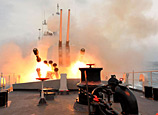
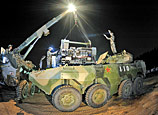
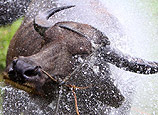

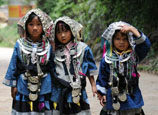
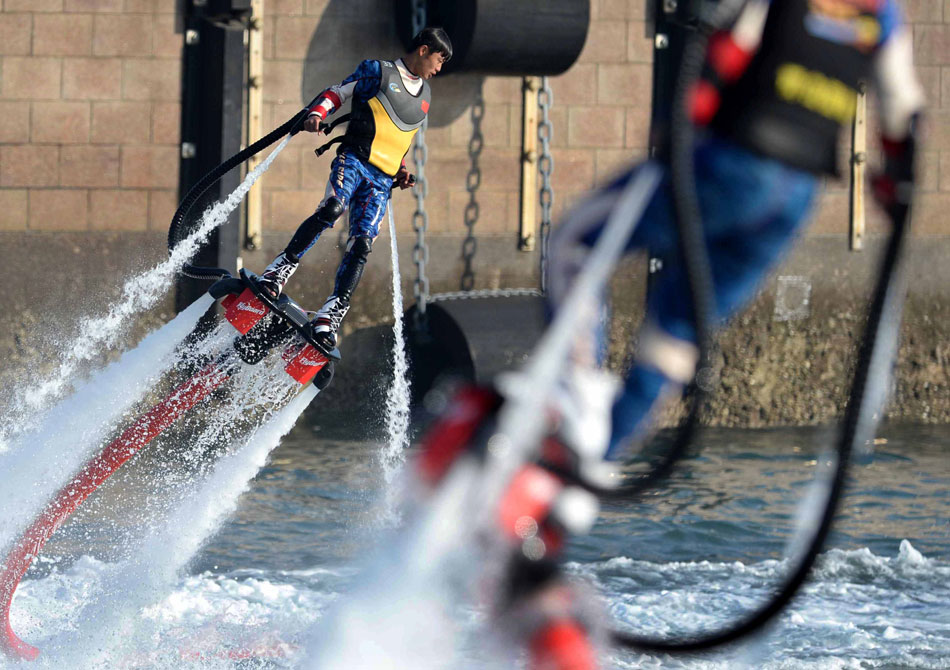
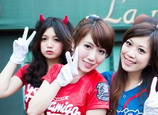


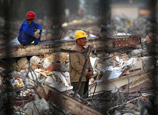






 Three injured in plane's failed take-off in NE China | Pictures
Three injured in plane's failed take-off in NE China | Pictures


![]()
